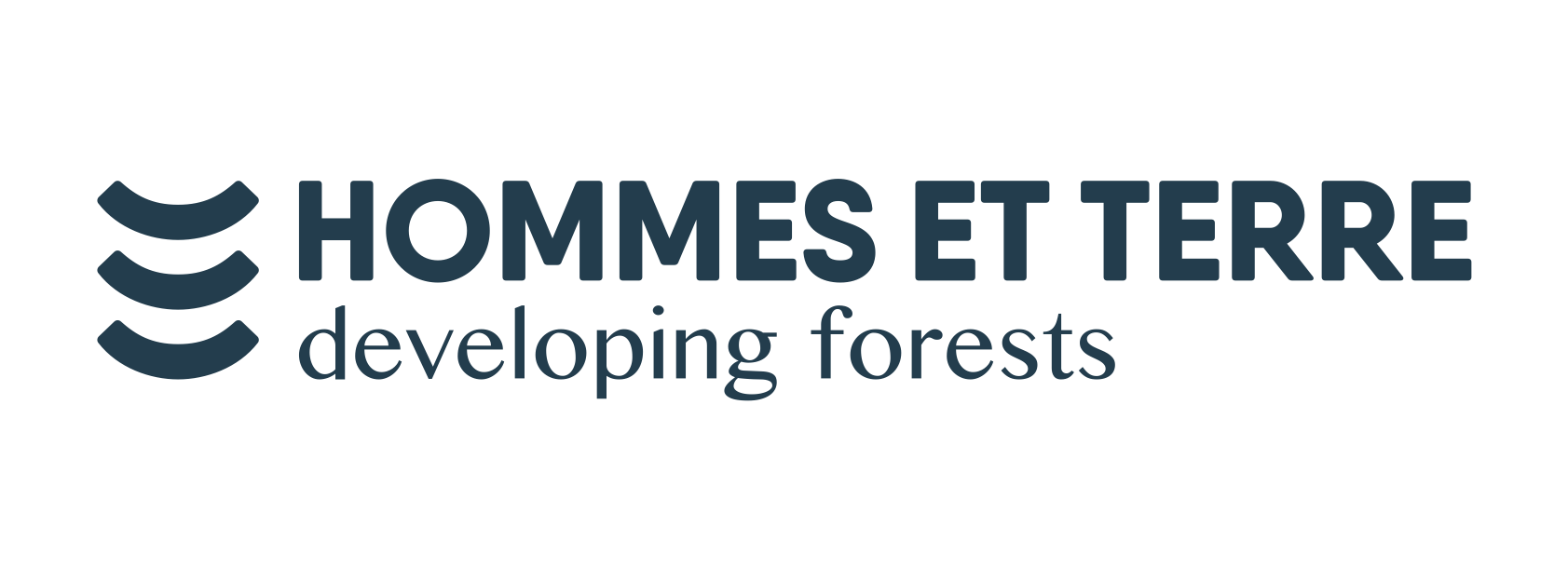In addition to services, Hommes et Terre develops his own projects through the Project Forests Villages (PFV) programme. This innovative programme for the recovery and development of degraded land is based on intensive, equitable and sustainable collaboration with villages.
A key element of the PFV programme is the equality between Hommes et Terre and its village partners, in terms of contribution and benefits. It’s an equitable and sustainable approach that promotes entrepreneurship, aims to generate real social impacts, and ensures the creation of added value. Hommes et Terre therefore enters into long-term relationships with village partners, which make available 250 ha of degraded land for a period of 25 years.
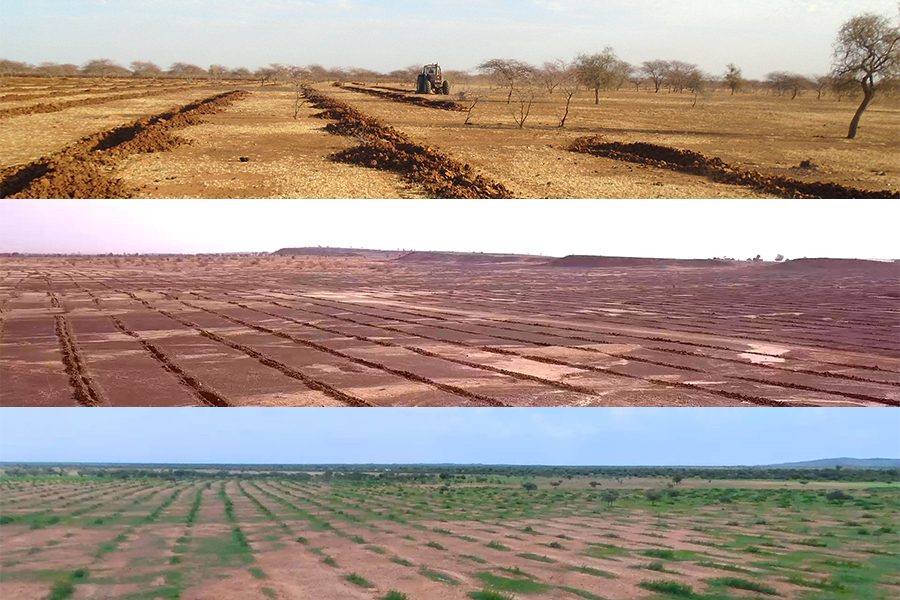
The four phases of a project
1. Commitment
In order to plant trees, land is needed. According to the PFV method, communities in particular are also needed. This means villages that want to engage in a long-term partnership with Hommes et Terre and villages willing to make their degraded land available to PFV for a period of 25 years.
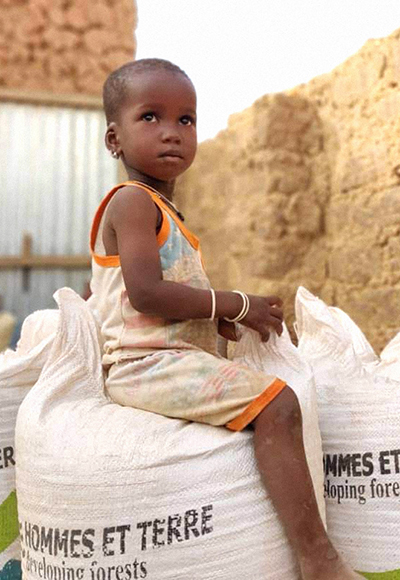
2. Creation
For something to grow and develop in the desert, water is required – and rainwater in particular. This is good news, because even in the most arid regions, rain falls heavily at least once a year: during the rainy season that lasts an average of 3 to 4 months. The tricky part is to retain this water, as bare land leads to erosion and facilitates water flow. One solution to this is to build micro-basins, known as half-moons. Dug into the hard and rigid ground, these half-moons significantly reduce water flow and loss.
After the basins have been dug, the sowing can begin. This requires seeds and organic manure comprising dung from goats or sheep. The next phase – seed collection and manure collection – begins in parallel and in collaboration with the villagers.
On the big day, the seeds are transported to the sites and the half-moons are seeded by the villagers. On average, 80% of the village’s population take part in the sowing and they work there for 10 to 20 days. Villagers sow, sing, eat, make sacrifices and engage in rituals celebrating the forest, etc. Everything is organised and supervised by Hommes et Terre.
Lastly, the 250-hectare site is divided into two parts of 125 hectares. The village has the right of use on one half, while Hommes et Terre is entitled to use the other half. The village’s 125 hectares are divided into five plots, each with its own characteristics and use.
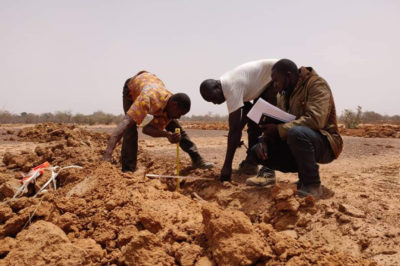
3. Growth
Seeds begin to germinate after the first rains, in mid-June. It should be noted that the trees and grasses are well matched, as the grass occupies the surface while the trees take root in the subsoil. In the first growth stage, the trees devote most of their energy to their roots. In year one, the roots grow from 90 to 150 cm; on the surface, the trees only grow a few centimetres. Grasses grow before the trees do, and they grow faster. Thus the grasses protect the young trees from the Sahel’s intense heat and they form organic fertiliser – from the first year, grasses increase the stock of fodder for animals. Food for animals also means food for people, as large and fat animals fetch high prices on the market.
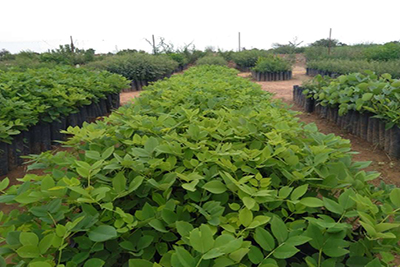
4. Development
Even when the forest has developed, the process isn’t over yet. It would be pointless to plant a forest, only to abandon it right after! Our goal is to go a step further and enhance the operation’s impact. Besides the forest, there is also the land, which has been recovered in the process and made fertile again. When the land gives value, this also guarantees the forest’s sustainability over time! The aim is to set up projects that are reliable, economically profitable and ecologically efficient.
The four phases of a project
1. Commitment
In order to plant trees, land is needed. According to the PFV method, communities in particular are also needed. This means villages that want to engage in a long-term partnership with Hommes et Terre and villages willing to make their degraded land available to PFV for a period of 25 years.

2. Creation
For something to grow and develop in the desert, water is required – and rainwater in particular. This is good news, because even in the most arid regions, rain falls heavily at least once a year: during the rainy season that lasts an average of 3 to 4 months. The tricky part is to retain this water, as bare land leads to erosion and facilitates water flow. One solution to this is to build micro-basins, known as half-moons. Dug into the hard and rigid ground, these half-moons significantly reduce water flow and loss.
After the basins have been dug, the sowing can begin. This requires seeds and organic manure comprising dung from goats or sheep. The next phase – seed collection and manure collection – begins in parallel and in collaboration with the villagers.
On the big day, the seeds are transported to the sites and the half-moons are seeded by the villagers. On average, 80% of the village’s population take part in the sowing and they work there for 10 to 20 days. Villagers sow, sing, eat, make sacrifices and engage in rituals celebrating the forest, etc. Everything is organised and supervised by Hommes et Terre.
Lastly, the 250-hectare site is divided into two parts of 125 hectares. The village has the right of use on one half, while Hommes et Terre is entitled to use the other half. The village’s 125 hectares are divided into five plots, each with its own characteristics and use.

3. Growth
Seeds begin to germinate after the first rains, in mid-June. It should be noted that the trees and grasses are well matched, as the grass occupies the surface while the trees take root in the subsoil. In the first growth stage, the trees devote most of their energy to their roots. In year one, the roots grow from 90 to 150 cm; on the surface, the trees only grow a few centimetres. Grasses grow before the trees do, and they grow faster. Thus the grasses protect the young trees from the Sahel’s intense heat and they form organic fertiliser – from the first year, grasses increase the stock of fodder for animals. Food for animals also means food for people, as large and fat animals fetch high prices on the market.
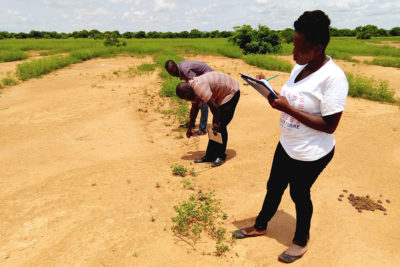
4. Development
Even when the forest has developed, the process isn’t over yet. It would be pointless to plant a forest, only to abandon it right after! Our goal is to go a step further and enhance the operation’s impact. Besides the forest, there is also the land, which has been recovered in the process and made fertile again. When the land gives value, this also guarantees the forest’s sustainability over time! The aim is to set up projects that are reliable, economically profitable and ecologically efficient.
QUOTE I am text block. Click edit button to change this text. Lorem ipsum dolor sit amet, consectetur adipiscing elit. Ut elit tellus, luctus nec ullamcorper mattis, pulvinar dapibus leo.
The supervision of the programme (SPE)
To guarantee the quality of all these operations and to support the villagers in their challenging endeavours, Hommes et Terre has regional coordination in each area of operation. A Director of Forest Operations and a Programme Coordinator organise, conduct and manage the work. This regional pair is supported by a field team comprising an SPE (Programme and Operations Supervisor), with support in each village from the AFE (local Forest Assistants), who continuously assist and advise the villagers throughout the work period. These AFE therefore ensure that each village respects the commitments it made at the project’s start.
For the strategic decision-making and development of the Programme, the Hommes et Terre team is guided and supported by a Board of Directors made up of six key people selected from the regions. Their job is to provide advice on the local situation in each area of operation and to validate the decisions.
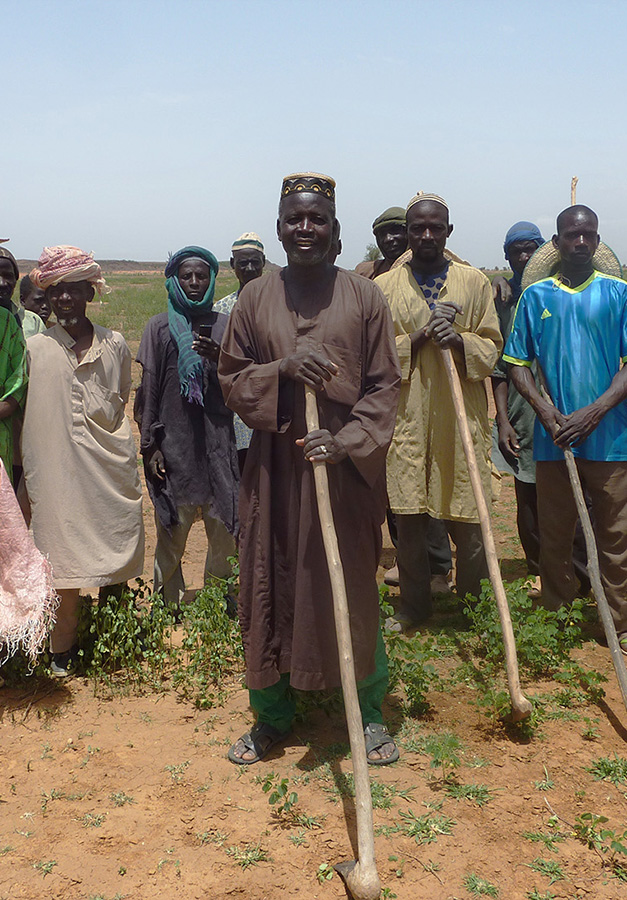
Countries where Hommes et Terre is active
Burkina Faso
All the operations of Hommes et Terre are based around collaborations with over 100 Village Partners in Burkina Faso, and each operation is on 250 hectares per village. In the 2019-2020 season, Hommes et Terre formed 18 new collaborations in the communes of Bourzanga, Zimtanga, Ouindigui and Djibo.
Côte d’Ivoire
Operations in Côte d’Ivoire are gradually starting.
Mali
Besides Burkina Faso, Hommes et Terre is now active in Mali. The objective for the 2019-2020 season is to restore 100 hectares in the villages of Kani-Bonzon, Telly, Tendely and Begnimatou.
Sénégal
Activities in Senegal are gradually starting. In parallel with administrative preparations, two Senegalese will aid the teams in Burkina Faso, while learning about the working method during the 2019-2020 season.
